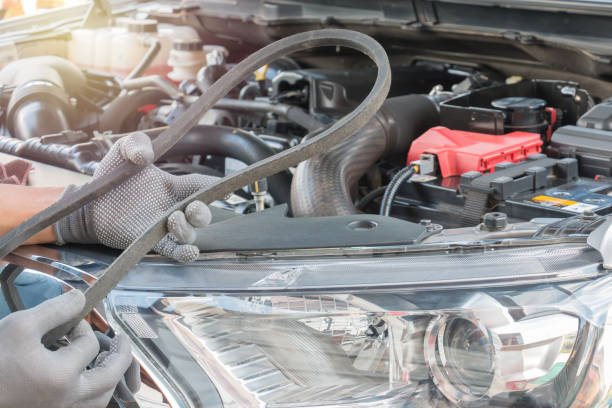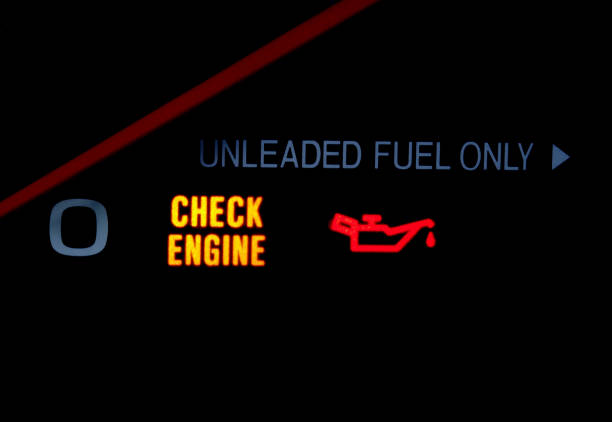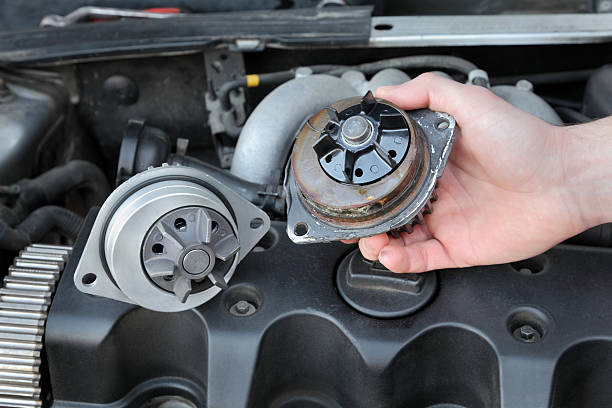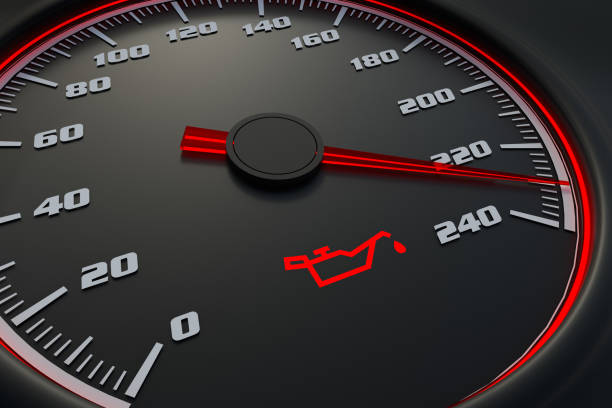
A vehicle’s engine is a complex machine, and it depends on numerous components working together in perfect harmony. One such vital part is the timing belt, a seemingly inconspicuous component that plays a critical role in ensuring that your engine runs smoothly and efficiently. In this essential guide to your car’s engine synchronization, we will explore the purpose and function of the timing belt, the signs that it may need replacement, and the consequences of a failed belt.
Understanding the Role of the Timing Belt
The Basics of Engine Operation
To fully appreciate the importance of the timing belt, it’s necessary to grasp the basics of engine operation. A car’s engine typically consists of a set of pistons that move up and down within cylinders. These pistons are connected to the crankshaft, which converts the linear motion of the pistons into rotational motion, ultimately driving the vehicle’s wheels.
The engine’s valves control the intake of fuel and air and the exhaust of burnt gases. The opening and closing of these valves need to be precisely timed to coincide with the motion of the pistons. This is where the timing belt comes in.
The Function of the Timing Belt
The timing belt is a toothed, rubber-like belt that connects the engine’s crankshaft to the camshaft(s). The camshaft is responsible for opening and closing the valves in sync with the movement of the pistons. The teeth on the belt ensure that the crankshaft and camshaft remain in precise alignment, maintaining the correct timing of the engine’s components.
In other words, the timing belt synchronizes the rotation of the crankshaft and camshaft(s) so that the engine’s valves open and close at the correct times during each cylinder’s intake and exhaust strokes. This precise coordination is essential for optimal engine performance, fuel efficiency, and emissions control.
Signs Your Timing Belt May Need Replacement
Age and Mileage
Timing belts are not designed to last forever. Most manufacturers recommend replacing them at specific intervals, usually between 60,000 and 100,000 miles. However, these recommendations can vary depending on the make and model of your vehicle, so it’s crucial to consult your owner’s manual for accurate information.
Even if your car hasn’t reached the recommended mileage, the belt can still deteriorate over time. It’s generally advised to replace the timing belt every five to seven years, regardless of mileage, as rubber and other materials can break down due to age.
Visual Inspection
Regular visual inspections of your timing belt can help identify potential issues before they lead to catastrophic engine damage. If you notice any of the following signs during an inspection, it may be time to replace your timing belt:
- Cracks or fraying on the belt’s surface
- Missing or damaged teeth
- Oil or coolant contamination
- Excessive glazing or a shiny appearance
Excessive glazing or a shiny appearance
A failing timing belt can also cause unusual noises or performance issues. Be on the lookout for:
- A high-pitched squeaking or whirring noise coming from the engine, especially during startup or idle
- Difficulty starting the engine or a rough idle
- Decreased engine performance, including reduced power and fuel efficiency
If you notice any of these symptoms, have your vehicle inspected by a professional mechanic as soon as possible.
Consequences of a Failed Timing Belt
Engine Damage
A broken timing belt can lead to severe engine damage, as the pistons and valves will no longer be synchronized. In an interference engine – one where the pistons and valves occupy the same space at different times – a snapped timing belt can cause the pistons to collide with the valves, resulting in bent or broken valves, damaged pistons, and potentially even damage to the cylinder head or block. In a non-interference engine, the risk of internal damage is lower, but the engine will still come to an abrupt stop and leave you stranded.
Costly Repairs
The cost of repairing an engine damaged by a failed timing belt can be significantly higher than the cost of preventive maintenance. Depending on the extent of the damage and the make and model of your vehicle, you may be faced with a repair bill ranging from a few thousand dollars to over ten thousand dollars. In some cases, replacing the entire engine might be the most cost-effective solution.
Potential Safety Hazards
A broken timing belt can also pose safety risks. If the belt fails while you’re driving, your engine will suddenly lose power, potentially leaving you stranded in a dangerous situation, such as on a busy highway or in the middle of an intersection.
The Timing Belt Replacement Process

Professional Service
Replacing a timing belt is a complex and time-consuming task that requires specialized knowledge and tools. It’s generally recommended to have a qualified mechanic handle the job to ensure proper installation and avoid potential damage to your engine. The cost of a professional timing belt replacement can vary widely depending on factors such as labor rates, parts costs, and the complexity of the job.
DIY Considerations
If you’re an experienced DIYer with the necessary tools and expertise, you may consider replacing the timing belt yourself. However, be prepared to invest a significant amount of time and effort into the task. Before attempting this job, consult your vehicle’s service manual for detailed instructions, and make sure you have access to all required tools and equipment.
Replacing Additional Components
When replacing the timing belt, it’s often a good idea to replace other related components, such as the water pump, tensioner, and idler pulleys. These parts can wear out over time, and replacing them during the timing belt service can save you time, money, and potential headaches down the road.
Conclusion
The timing belt plays a crucial role in keeping your car’s engine running smoothly and efficiently. Regular inspection and timely replacement of this critical component can help prevent costly engine damage and ensure optimal performance. By understanding the function of the timing belt, recognizing the signs of wear, and taking appropriate action, you can keep your vehicle running at its best and avoid potential safety hazards.








